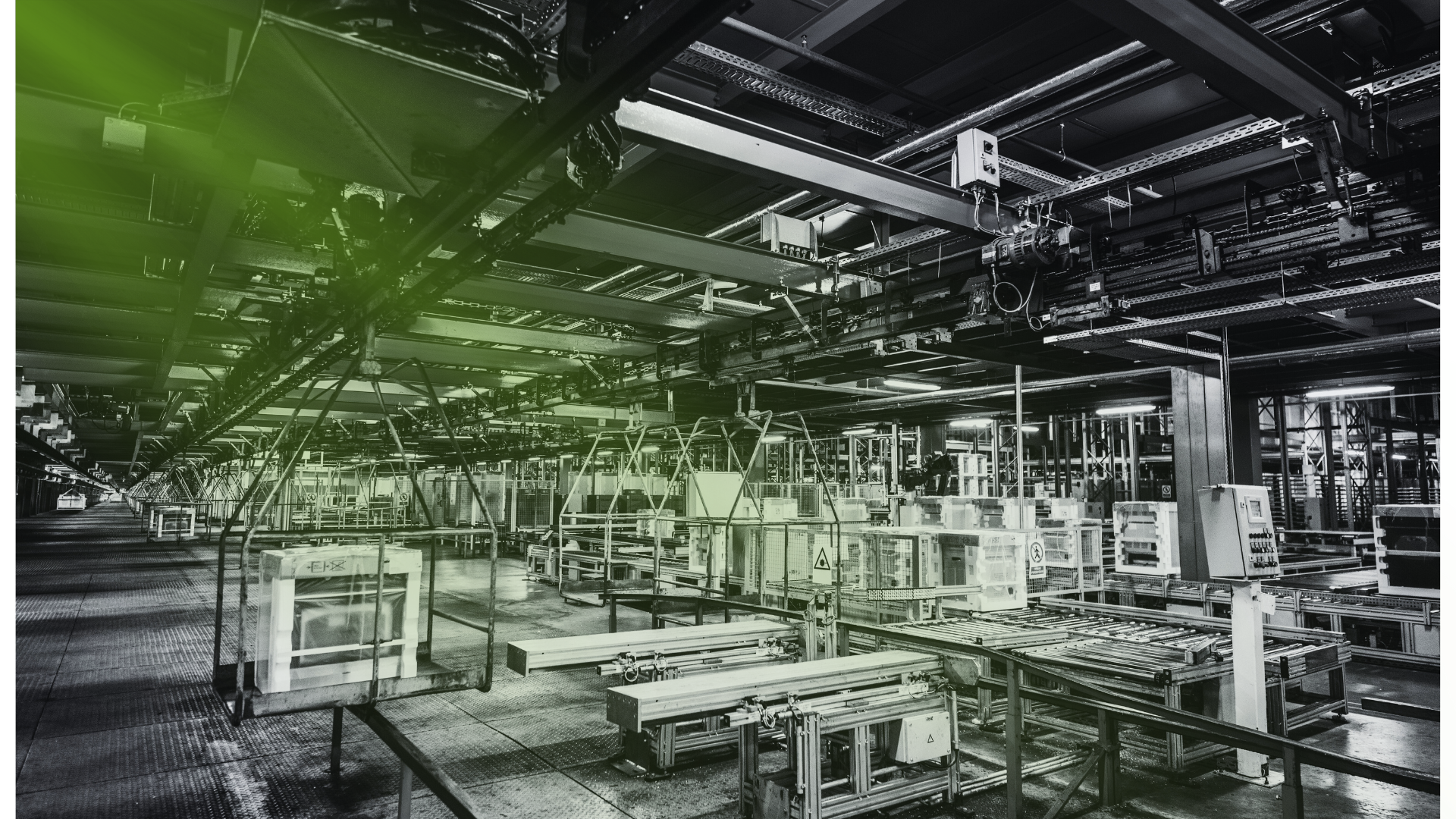From automation and additive manufacturing to supply chain localisation and defence re-industrialisation, the Aerospace & Defence (A&D) manufacturing sector continues to evolve rapidly. Over September and October 2025, the industry has seen a wave of activity, from government reviews to major R&D announcements, all of which are shaping how manufacturers operate and, crucially, how they hire.
For those of us working within technical recruitment across aerospace, automotive and advanced manufacturing, these developments underline one central fact: the skills gap is now the defining challenge of UK A&D manufacturing.
UK strategic defence review 2025 – reindustrialising aerospace manufacturing
The UK Strategic Defence Review 2025 (SDR) reaffirmed the government’s commitment to strengthening domestic aerospace and defence production capacity. The review called for “industrial sovereignty” across key technologies, particularly in airframe production, propulsion, and next-generation materials.
This push is already reshaping the manufacturing landscape:
- Tier 1 suppliers are repatriating elements of their supply chain to the UK.
- Advanced manufacturing centres are expanding their digital integration and robotics capabilities.
- Government funding has been earmarked for workforce development, targeting mechanical, systems and quality engineering roles.
Recruitment insight: Mid- to senior-level manufacturing professionals who can bridge traditional engineering with digitalisation (e.g. smart factories, AI-driven quality control, and additive manufacturing) are now in highest demand.
Defence manufacturing resilience – supply chains in focus
September saw renewed attention on supply-chain security following the NATO Eastern Sentry deployment and the resulting surge in orders for air-defence systems. UK defence OEMs and component manufacturers are under pressure to shorten lead times while ensuring compliance with export controls.
Industry data points to supply-chain bottlenecks across machined components, composite structures and electronics. The response? A drive for reshoring critical manufacturing capabilities and building multi-tier supplier resilience.
Recruitment implications:
- Growing demand for operations managers, production engineers, and procurement specialists with export-control knowledge.
- Increasing value placed on professionals who understand lean manufacturing, digital traceability, and supplier development.
Advanced manufacturing technology – the automation imperative
Throughout autumn 2025, the UK aerospace sector has seen continued investment in automation and digital transformation. The National Aerospace Technology Exploitation Programme (NATEP) launched its latest funding round in October, supporting projects in robotic assembly, precision machining, and AI-driven maintenance.
This innovation is designed to make UK manufacturing more competitive globally, but it also requires a workforce with both engineering fundamentals and software literacy.
Recruitment takeaway:
Mid- to senior-level candidates who combine mechanical or manufacturing backgrounds with experience in Industry 4.0 systems, PLC automation, or data-driven continuous improvement are becoming the most sought-after professionals in the market.
Defence exports & international collaboration
October brought another major announcement: a £468 million UK-India missile production agreement, highlighting the strategic role of the UK in international defence manufacturing partnerships.
This underscores a broader theme: global collaboration in defence now extends far beyond R&D, it’s deeply embedded in manufacturing strategy.
Key roles emerging:
- Programme managers and operations leaders with cross-border manufacturing experience.
- Compliance and export control specialists capable of navigating ITAR/EAR frameworks.
- Quality managers and inspectors with international standards experience (AS9100, ISO 9001, NADCAP).
What this means for hiring managers and candidates
For employers:
- Redefine job descriptions to capture the digital skills now essential in manufacturing.
- Offer progression clarity – retention is critical in a competitive hiring market.
- Strengthen your employer brand by showcasing sustainability and innovation credentials – two factors that now drive candidate decision-making.
- Partner strategically with specialist recruiters who understand both the technical and cultural nuances of aerospace & defence manufacturing.
For candidates:
- Highlight your impact – employers are looking for professionals who can improve productivity, implement new processes, or scale manufacturing lines efficiently.
- Show digital awareness – familiarity with MES, ERP, or automation tools adds significant value.
- Demonstrate cross-sector adaptability – candidates from high-precision manufacturing in automotive or energy can translate skills effectively into A&D.
Outlook: manufacturing as the core of A&D growth
The message from the last two months is clear: manufacturing is once again central to aerospace & defence competitiveness. Whether in composite structures, propulsion systems, or digital production, UK manufacturers are rebuilding capacity, driving automation, and investing in the next generation of engineering talent.
For recruitment specialists and hiring managers, this means opportunity, but also urgency. The companies that secure top mid-senior manufacturing talent now will be the ones that shape the industry’s future.
Whether you’re a manufacturer building resilience into your production strategy or an engineer ready to take your next step in aerospace manufacturing, our specialist consultants can help you connect with the right opportunity.
Get in touch today to discuss current vacancies, salary benchmarks and the latest market insights shaping aerospace & defence manufacturing across the UK.


